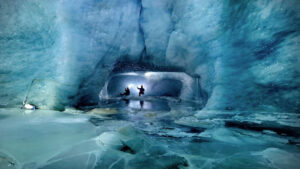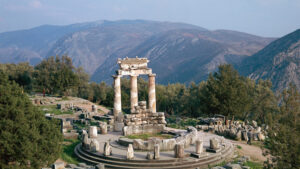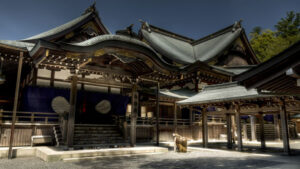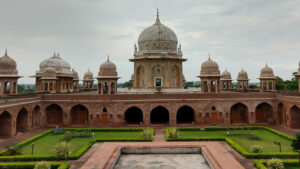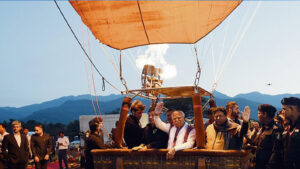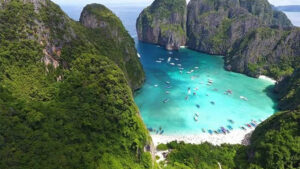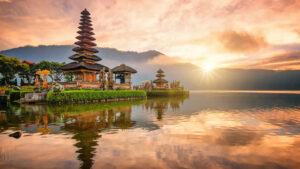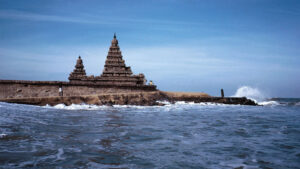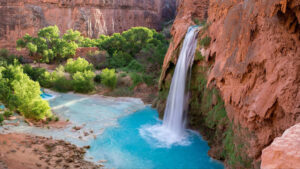JAVA, INDONESIA – ENRICHED WITH AN ENCHANTING CULTURE AND NATURAL BEAUTY

Java is an island located in Indonesia, which is the world’s largest archipelago country. Java is the world’s most populous island, with over 140 million people living there. It is known for its rich culture, history, natural beauty, and active volcanoes. Here are some more details about Java:
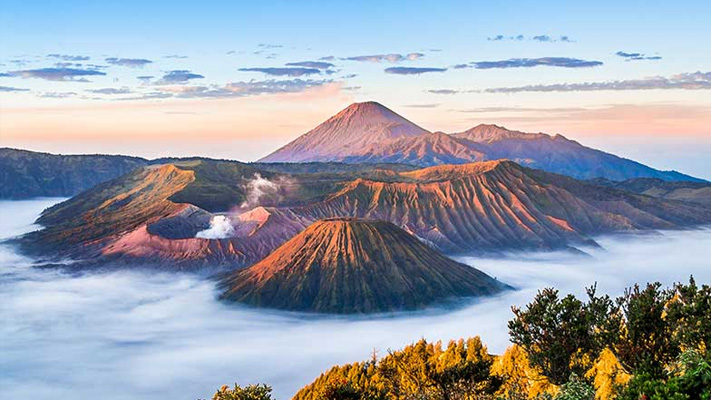
- Culture and History: Java has a rich cultural and historical heritage, with a mix of Hindu, Buddhist, and Islamic influences. The island is home to numerous historic sites and monuments, including the ancient Borobudur and Prambanan temples, which are UNESCO World Heritage sites.
- Natural Beauty: Java is home to some of Indonesia’s most beautiful landscapes, including stunning beaches, lush rainforests, and active volcanoes. Some of the popular natural attractions on the island include Mount Bromo, Kawah Ijen, and the Dieng Plateau.
- Cities: Java is home to several major cities, including Jakarta, the capital of Indonesia, and Surabaya, the second-largest city in the country. Both cities are centers of business, commerce, and culture.
- Cuisine: Java’s cuisine is diverse and delicious, with a mix of traditional Indonesian dishes and unique regional specialties. Some of the most popular dishes include nasi goreng (fried rice), satay (grilled meat skewers), and gado-gado (vegetable salad with peanut sauce).
- Art and Music: Java is known for its traditional art and music, including the gamelan music and wayang kulit (shadow puppetry) performances. These art forms have been passed down for generations and are still enjoyed by locals and tourists alike.
Java is a must-visit destination for tourists looking to explore the rich culture, history, and natural beauty of Indonesia. This island is the most populous in the world, with over 140 million people living there, and is known for its stunning landscapes, ancient temples, bustling cities, and delicious cuisine. Whether you’re interested in exploring the traditional arts and music of the region, hiking to the top of an active volcano, or simply relaxing on a beautiful beach, Java has something to offer everyone. With a vibrant mix of modern urban life and ancient cultural traditions, Java is a truly unique and fascinating destination that is sure to leave a lasting impression on visitors.
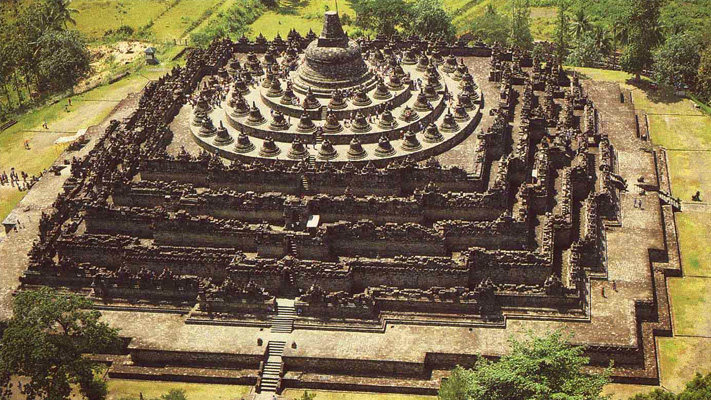
What Makes it a Must Visit Destination
Java is a must-visit destination for several reasons, including:
- Rich Cultural Heritage: Java is home to a mix of cultural influences, including Hindu, Buddhist, and Islamic traditions, resulting in a unique blend of architecture, art, music, and cuisine. The ancient temples of Borobudur and Prambanan are must-visit sites for anyone interested in history and culture.
- Natural Beauty: Java boasts some of the most stunning landscapes in Indonesia, including active volcanoes, beautiful beaches, and lush rainforests. Whether you want to hike up Mount Bromo or simply relax on the pristine sands of Pangandaran Beach, Java has something for every nature lover.
- Modern Cities: Jakarta and Surabaya, the two largest cities in Indonesia, are both located on Java, offering visitors a glimpse into modern urban life in Indonesia. Both cities are centers of business, commerce, and culture, with plenty of shopping, dining, and entertainment options.
- Delicious Cuisine: Java’s cuisine is diverse and delicious, with a mix of traditional Indonesian dishes and unique regional specialties. Some of the most popular dishes include nasi goreng, satay, and gado-gado.
- Traditional Arts and Music: Java is known for its traditional arts and music, including gamelan music and wayang kulit performances. These art forms have been passed down for generations and offer a glimpse into Java’s rich cultural heritage.
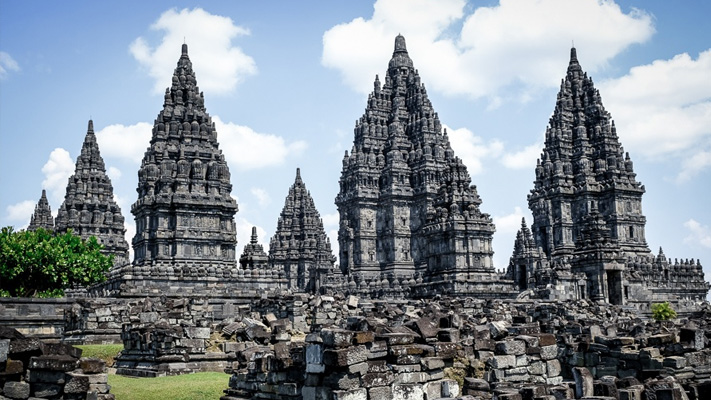
Popular Activities Enjoyed by Tourists
There are many activities that are popular with tourists and which they enjoy when visiting Java. Here are some of the most popular ones:
- Exploring Ancient Temples: Java is home to two of the world’s most impressive ancient temples, Borobudur and Prambanan. Visitors can explore these magnificent structures and learn about the island’s rich cultural history.
- Hiking and Trekking: Java is home to several active volcanoes, including Mount Bromo and Kawah Ijen. Tourists can hike to the top of these volcanoes and witness breathtaking views of the surrounding landscapes.
- Relaxing on the Beach: Java is home to several beautiful beaches, including Pangandaran Beach and Parangtritis Beach. Tourists can relax on the beach, swim in the crystal clear waters, and enjoy the tropical atmosphere.
- Exploring Cities: Java is home to several large cities, including Jakarta and Surabaya. Visitors can explore the cities’ bustling streets, shop at local markets, and try delicious local cuisine.
- Visiting Museums and Art Galleries: Java is home to many museums and art galleries, including the National Museum of Indonesia and the Jogja National Museum. Visitors can learn about the island’s rich cultural heritage and see traditional art and artifacts.
- Traditional Cultural Performances: Java is famous for its traditional arts and music, including gamelan music and wayang kulit performances. Visitors can attend these performances and learn about Java’s rich cultural traditions.
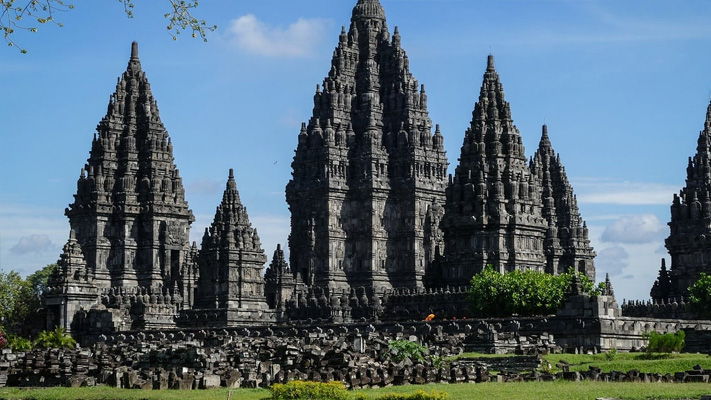
Top Attractions and Must Visit Places
There are many top attractions and must-visit places in and around Java. Here are some of the most popular:
- Borobudur Temple: This magnificent Buddhist temple is the largest in the world and a UNESCO World Heritage site. It is located near Yogyakarta and is a must-visit attraction for anyone interested in history and culture.
- Prambanan Temple: This Hindu temple complex is another UNESCO World Heritage site located near Yogyakarta. It is one of the largest Hindu temples in Southeast Asia and is famous for its intricate carvings and stunning architecture.
- Mount Bromo: This active volcano is located in East Java and is a popular destination for hiking and trekking. Visitors can watch the sunrise over the volcano and take in breathtaking views of the surrounding landscape.
- Dieng Plateau: This highland region in Central Java is known for its natural beauty and cultural attractions. Visitors can explore ancient temples and sulfur springs, hike to waterfalls, and take in stunning views of the surrounding mountains.
- Jakarta: The capital city of Indonesia is located on Java and offers a mix of modern and traditional attractions. Visitors can explore museums and art galleries, shop at local markets, and try delicious Indonesian cuisine.
- Bandung: This city is located in West Java and is known for its colonial architecture, trendy cafes, and shopping districts. It is a popular destination for urban exploration and offers a glimpse into modern Indonesian life.
- Kawah Ijen: This active volcano is located in East Java and is famous for its blue flames and sulfur mining. Visitors can hike to the top of the volcano and witness the stunning natural beauty of the surrounding landscape.
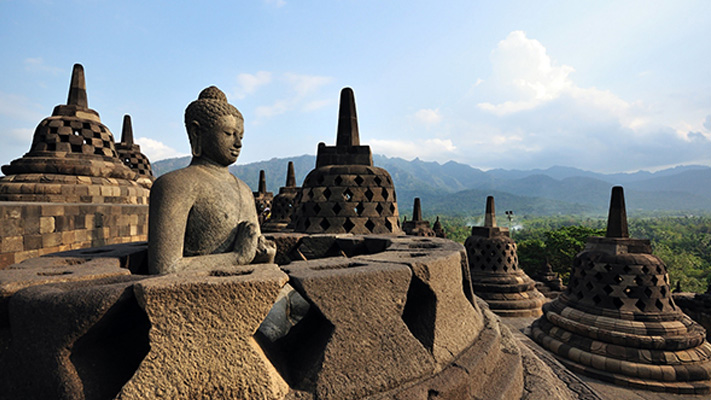
Best Time to Visit
The best time to visit Java depends on your interests and what you want to do during your trip. Here are some factors to consider:
- Weather: Java has a tropical climate, with hot and humid conditions year-round. The wet season runs from November to April, with heavy rain and thunderstorms. The dry season runs from May to October, with sunny and warm weather. The best time to visit for outdoor activities like hiking and beach-going is during the dry season.
- Events and Festivals: Java is home to many cultural and religious festivals throughout the year. Some of the most popular festivals include the Java Jazz Festival in March, the Borobudur Festival in April, and the Yogyakarta Arts Festival in June. If you’re interested in attending these festivals, plan your trip accordingly.
- Holidays: Indonesia celebrates many national holidays, including Eid al-Fitr, Christmas, and New Year’s Day. Many businesses and attractions may be closed during these holidays, so be sure to check before you plan your trip.
Peak Season: The peak tourist season in Java is from June to August, when many international visitors come to the island. If you’re planning to visit during this time, be prepared for larger crowds and higher prices.




